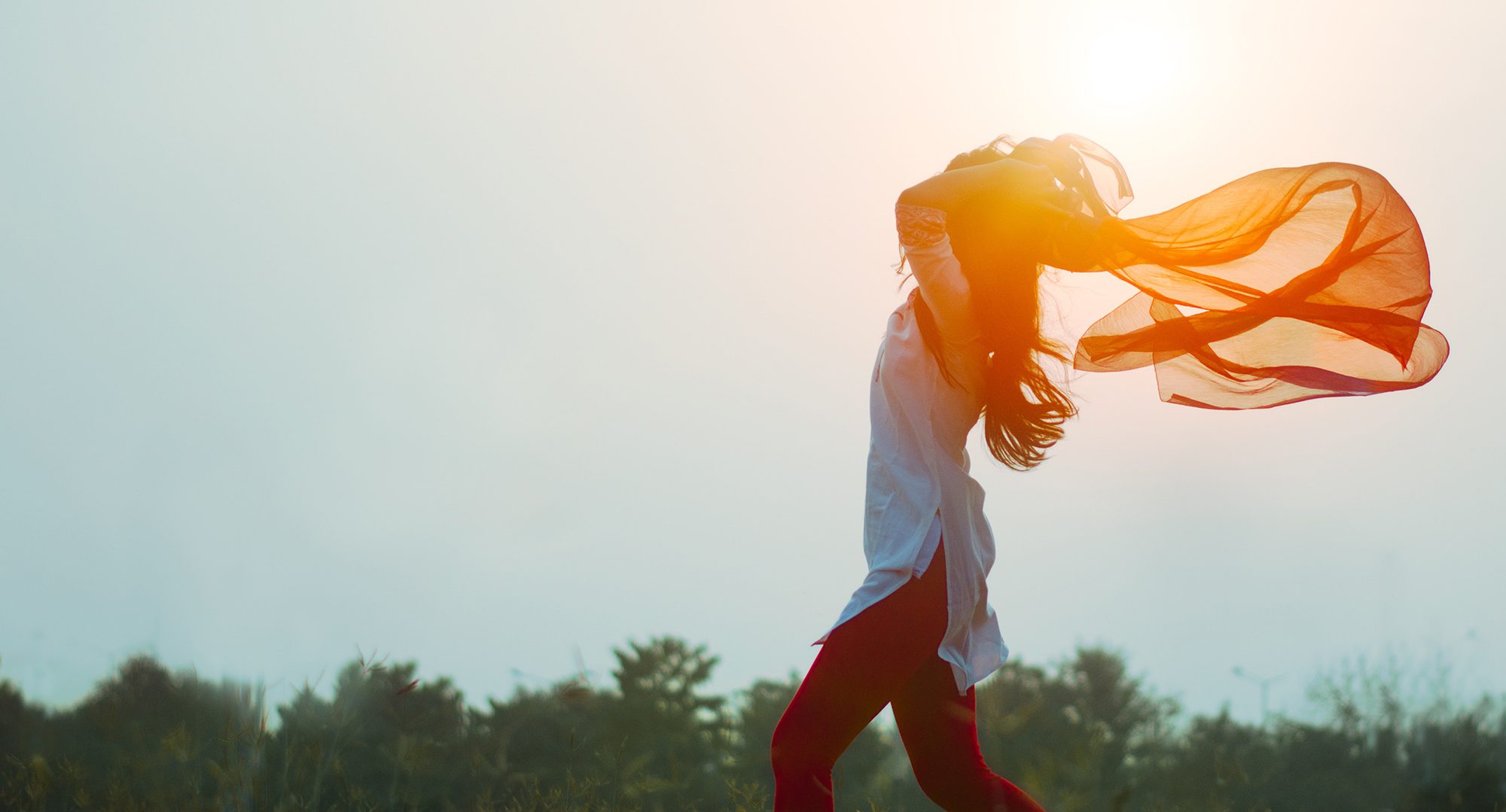Have you ever counted how many pairs of jeans you actually have in your wardrobe, and yet you still think about buying another pair? Hopefully we wear them until they fall apart. 150 years ago they were used as hard-wearing workwear, today they are part of our lifestyle. If we want to live more sustainably, the best place to start is with blue jeans. In this article, we tell you why it makes sense to take a close look at jeans.
The biggest challenges in jeans production are the material, the dye, social standards and the long transport routes.
Material: Most jeans are made from conventional cotton. Unfortunately, cotton cultivation is associated with very high water consumption, the use of pesticides/chemicals and monocultures. As a result, the fertility of the soil is heavily polluted and biodiversity is impaired. Jeans made from organic cotton, recycled cotton and jeans with the GOTS label help you to reduce your ecological footprint.
Dyeing: One of the most important dye groups for dyeing blue jeans is synthetically produced indigo blue. An important component of this is aniline, which is extracted from petroleum. It is suspected of being carcinogenic and can probably cause genetic defects. We consumers assume that these substances are not contained in our clothing. A study by Stiftung Ökotest in cooperation with our stakeholder Femnet e.V. took a closer look at several jeans. Unfortunately, the results were sobering. Only the Kings of Indigo label scored very well. The dyeing and finishing of textiles also cause enormous water pollution in the countries of production. An easy way out is to do away with blue and wear so-called undyed jeans. This is definitely the better choice for the environment and for you.
Finishing: Have you ever heard of dry denim? This means that the fabric is untreated, the jeans have not been washed or bleached. So no used look was created in the laundry, but you have to enter these jeans yourself. Please inform yourself about the negative effects on the environment and people of trends like the used look. You are definitely better off with dry denim.
Social standards: Unfortunately, many suppliers are not able to prove that they pay living wages. If you want to support the observance of human rights, look out for the labels of the Fair Wear Foundation and the GOTS. They have been independently and transparently verified. Not all suppliers can afford certification. Then look closely at what they can tell you about their supply chain. Brands that focus on social standards, disclose factories for the entire value chain can be just as good a social choice.
Local production: We don’t get to see very much here in the western hemispheres as most production takes place in China and Turkey. A pair of jeans has travelled up to 30,000km due to global supply chains, more than many of us. Here it helps to look where there are local labels and suppliers that produce in Europe, for example.
Second-hand: Let’s face it, we could probably last quite a long time with the jeans we already have and don’t need new ones at all. If we do, a better alternative than buying new is to buy the jeans second-hand. The resources don’t have to be recreated and they are kept in the cycle longer. They are designed to last a long time. Second-hand also has the advantage that many washes have probably already removed pollutants. Maybe you will try it out. Especially with your favourite brands, you know your size and even save. Or you can earn money by giving away your jeans that you no longer need.
Repair: Some labels like Nudie Jeans already offer free repair services. In Berlin, the A-Gain- Guide can help you. Clothes Doctor is also a good place to go online.
Upcycling: Many designers, e.g. Bridge & Tunnel from Hamburg, focus on upcycling and create great products from old jeans. You can also donate your old jeans there.
Circular: We already reported on how to keep jeans in a value cycle, the so-called “circular jeans“, in our article on Mud Jeans. They are pioneers when it comes to keeping the garment with such a big impact in the cycle for a long time, e.g. by leasing the jeans.
We also find the recycling art project from Berlin Anewkindofblue very exciting. A New Kind of Blue is a Berlin-based design studio looking for locally embedded solutions to global problems, with the circular economy as a starting point. Designers can read about what jeans need to look like to be recyclable at the Ellen MacArthur Foundation’s The Jeans Redesign Project.
Sources:
https://anewkindofblue.com/
www.kingsofindigo.de
https://green-lifestyle-magazin.de/jeans-so-schlecht-sind-die-lieblingshosen-fuer-die-umwelt/
Of course there are a way more great designers and initiatives out there. We just pricked a few.
Photo by Ryan Moreno on Unsplash


